
On Friday morning, the OALP visited Interplant Agriculture, established in 2021 as the preferred distributor for Barenbrug in Kenya and surroundings. Barenbrug is one of the leading innovators of regenerative agriculture, reshaping conventional farming methods using diverse, mixed species cover crops to generate multiple benefits such as soil enrichment, fertility, carbon sequestration, increased diversity of soil microbes, better water management, reduced weed pressure, pests, and diseases, improved biodiversity, and regenerative soils.
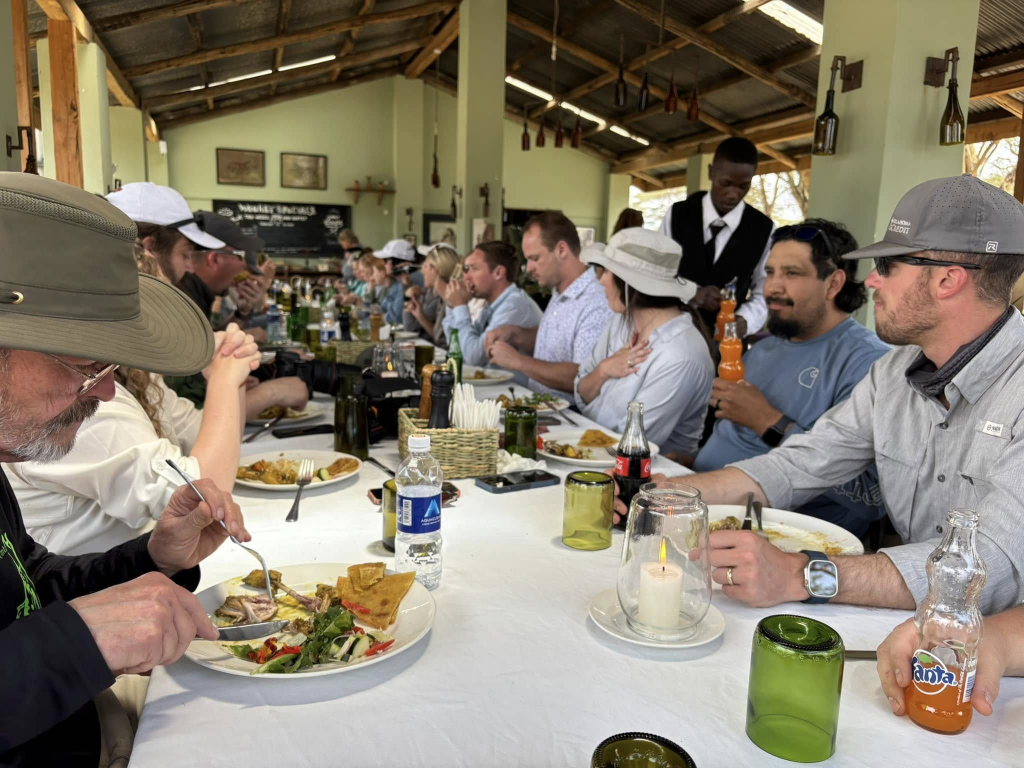
Nick Prettejohn first walked us through their rose show place – they have been breeding roses in Holland for 60 years. They start with 1.5 million seeds, about 500,000 germinate, select 12,000, then test 3,500, and ultimately only 10-15 varieties make it to market. Both single and spray roses (80-90% of the market) are grown.
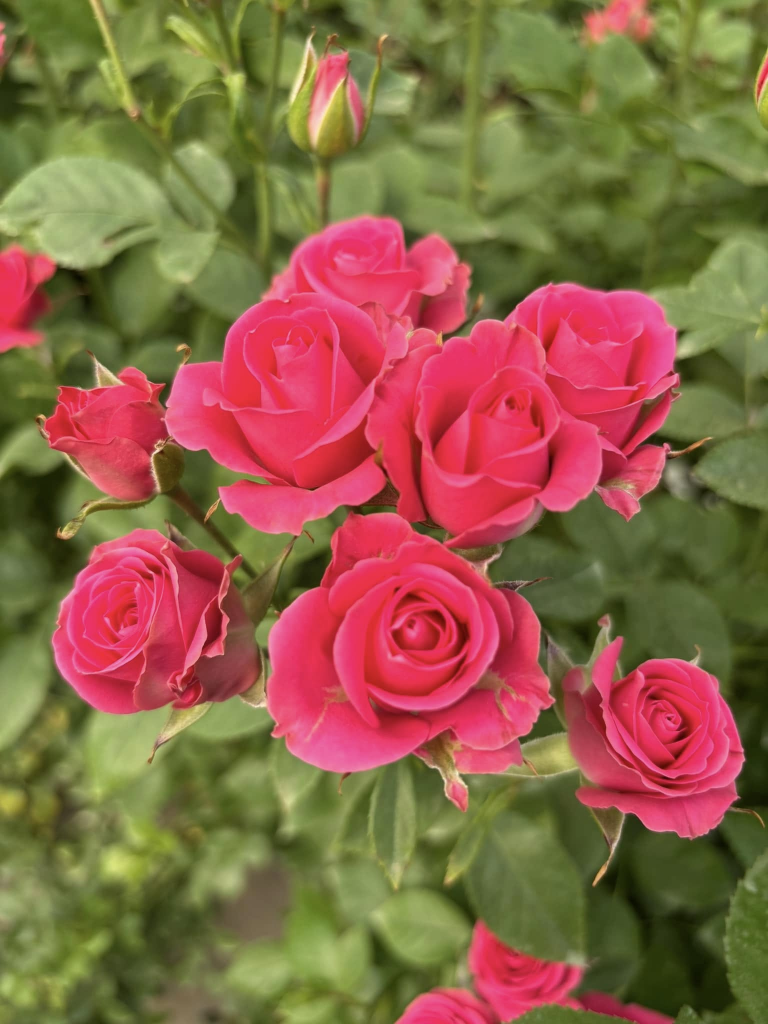
In the plots where flowers are grown, they follow it with a cover crop for 8 weeks which helps reduce fungicide and fertilizer inputs. Cover crops include forage sorghum, faba beans, flaxseed, sunflowers, radish, vetch, and millet, and these also help increase good bacteria in the soil.

Within the past couple of months, they started composting plant residues by making windrows that heat to 40-65 degrees Centigrade, turn piles and add molasses, heat up again, and then it is ready to use. They also have a wormery where red wiggler worms compost materials and provide vermi-cast. One of their grass mix plots includes alfalfa, ryegrass, chicory, plantain, and white clover. Their alfalfa plots are cut 13 times per year on irrigated land and 10 times on non-irrigated land. The yield is 2.2 tons per cut and has 22-25% protein. The alfalfa is pelletized in a small pelletizer at 50 kg per hour. They have 80 employees for the 10 hectares, and 32% of their electricity is provided by solar power.


The final agricultural tour for the OALP in Kenya was to Plantech Kenya – a seedling nursery propagating a wide selection of products – vegetables, herbs, cut flowers, and a range of cuttings for growers of all sizes. They have been in business for nine years and now have 15 hectares of nurseries with 700 employees.
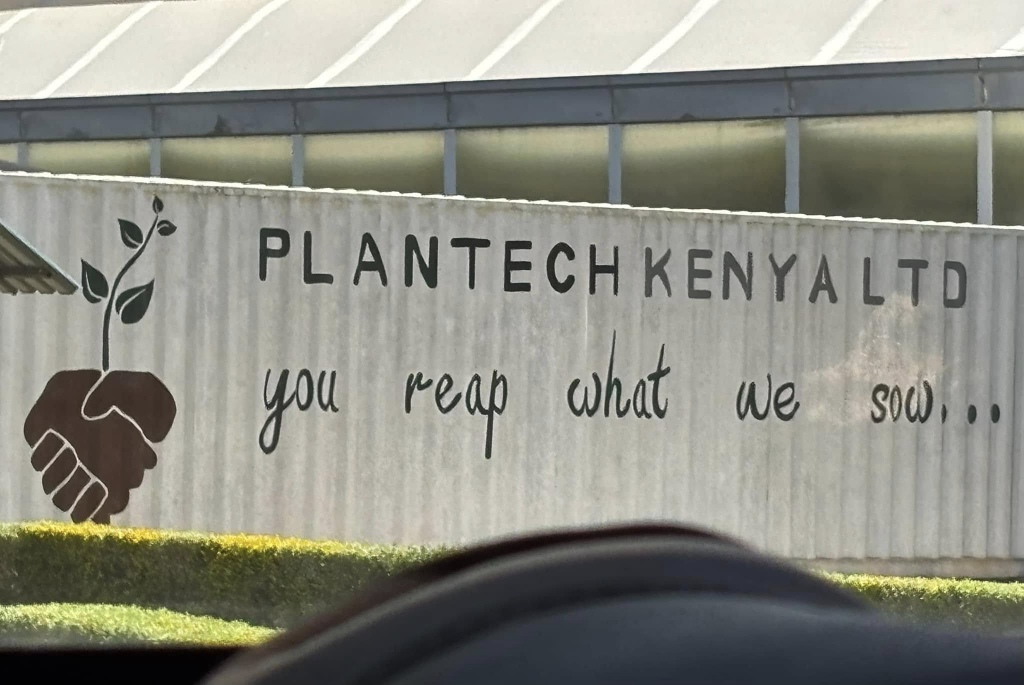
In a normal month, they sell 45 million seedlings which have been pre-ordered with a 50% deposit. The technology they employ is copied from Israel, and Idan Salvy, an Israeli native, stated that they sell 85% of the seedlings to Kenya, and the rest to Europe and the U.S.
About 3,000 trays per day are made in-house and an automatic machine places the seeds in the trays filled with peat moss. It successfully plants 90% of the seeds and then workers fill in the missed plugs. Trays are stacked, wrapped with film, incubated for 2 days at 27-30 degrees Centigrade, and then moved to the greenhouses for 27 days. They use a boom irrigation and fertigation system that is controlled by a computer.
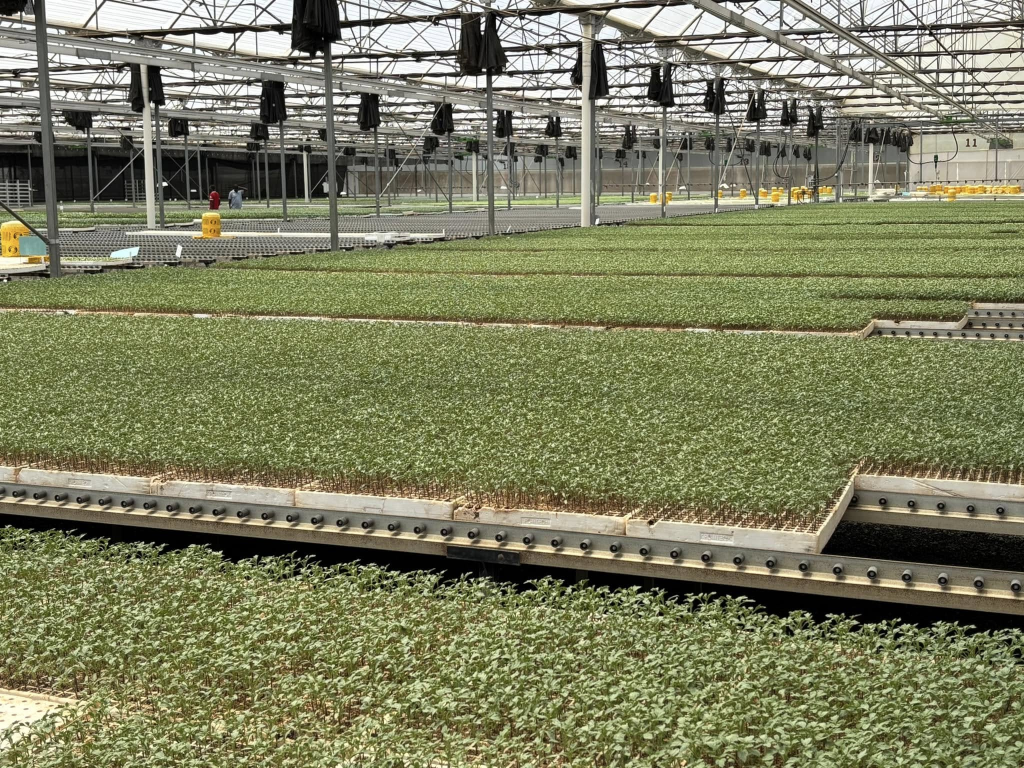
For tomato seedlings alone, they sell $1 million per year. Flowers and herbs are started from cuttings. Carnation and chrysanthemum cuttings are placed in rooms at 45 degrees Centigrade with 99% humidity for two weeks and then transferred to a regular greenhouse for two weeks for hardening.
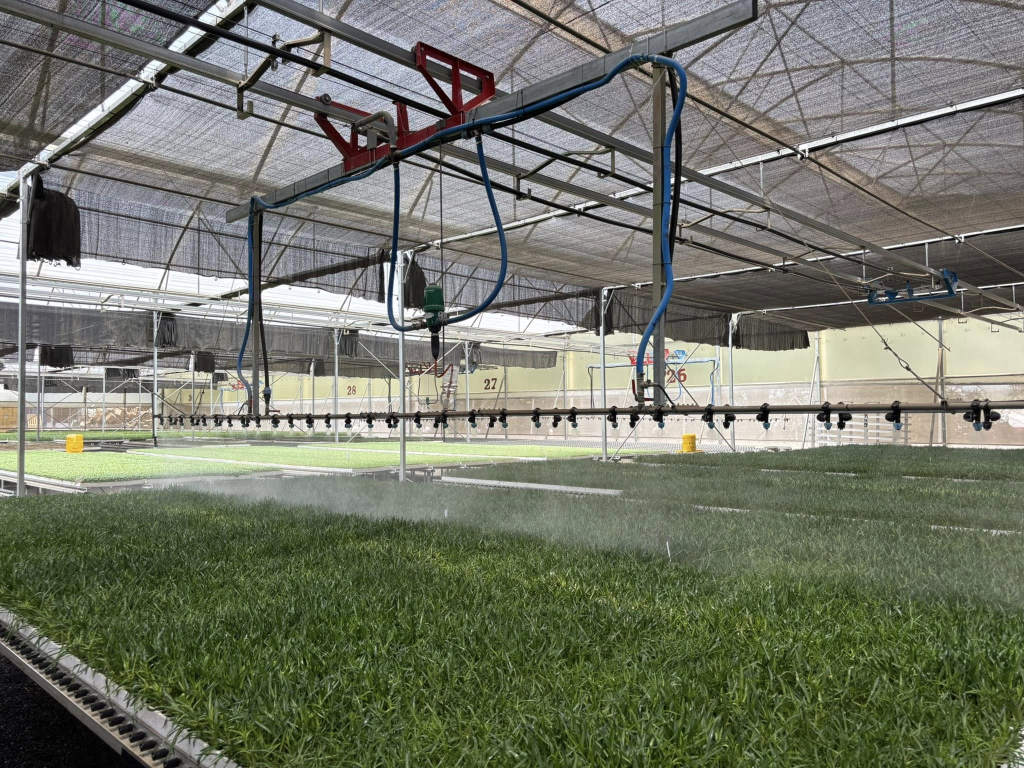
As the OALP was leaving the hotel on Saturday morning on our last day in Kenya, we gathered up extra toiletries, snacks, sanitary wipes, insect spray, clothes, and shoes to donate to the Shalom Gate Children Rescue Center. We stopped by to deliver them, we shared prayers, and they sang to us. We then drove to Nairobi where we visited Kazuri Bead Factory and Shop. It was established in 1975 as a small workshop delving into the art of making beads. Its mission is to empower single mothers in the surrounding villages. The beads are made of clay from Mount Kenya. Clay plus a couple other ingredients are mixed with water, the beads are formed, dried in the sun for two days, then put in a kiln at 1,600 degrees. The beads are painted with water-based glass paint and fired again to set the paint. I
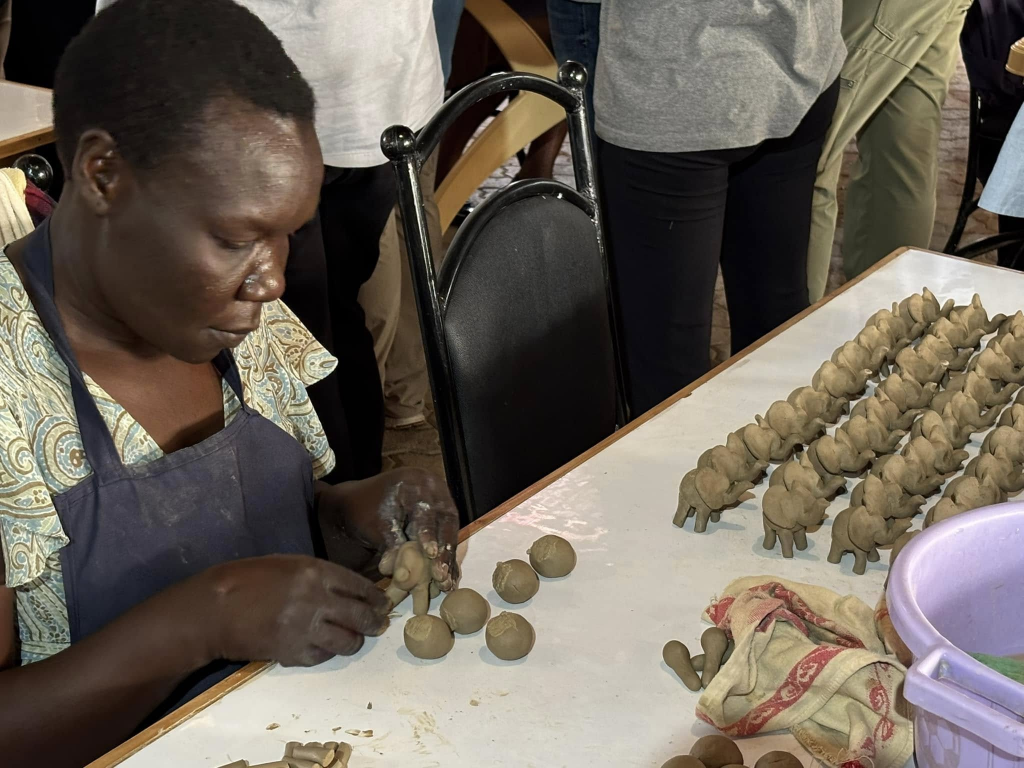
As Class XXI continues to travel across Kenya- the application for Class XXII is now available on line at the OALP website. Click here for that application– which is due by May first, 2025. In person interviews will happen in June and the XXII will meet for the first time in August of this year.


















